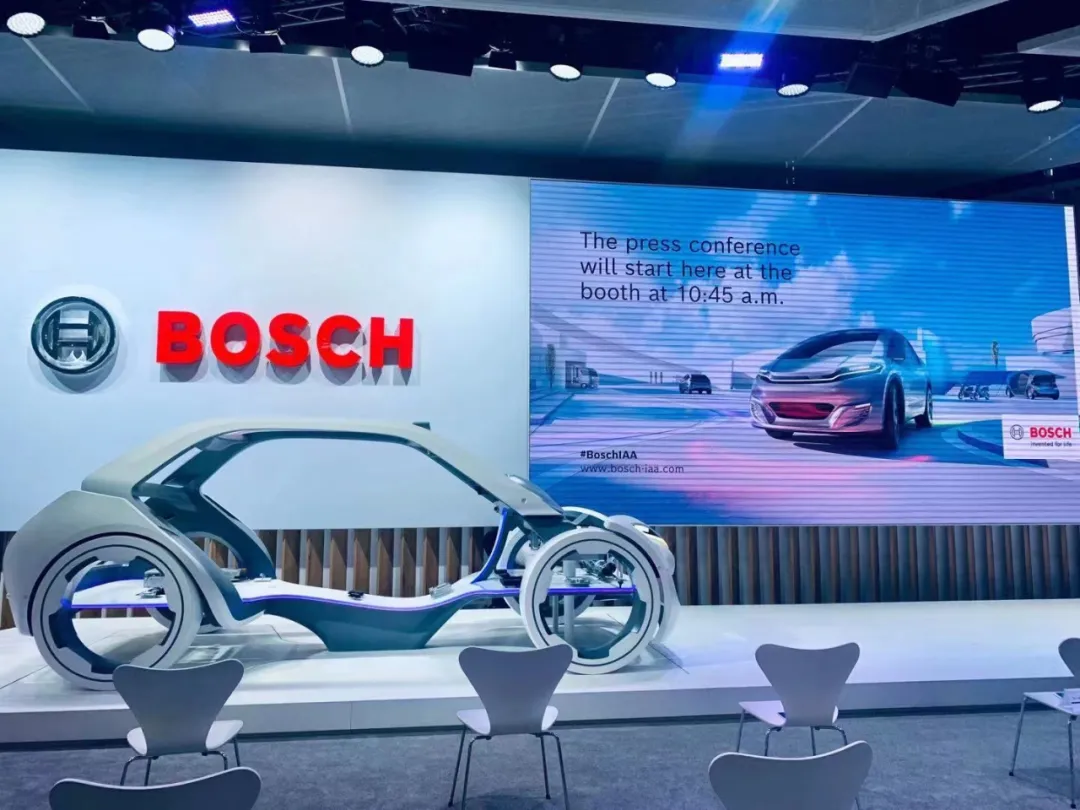Author: Michelin
Although the pandemic is making the world somewhat “divided”, the first Munich International Motor Show still touched the hearts of car enthusiasts.
At this year’s IAA Mobility, traditional automakers such as BMW’s BMW i Loop concept car, Mercedes-Benz’s pure electric 4-linkage, Volkswagen’s autonomous ID.Buzz, and independent domestic brands represented by Great Wall’s Mocha PHEV…have set their sights on the main theme of sustainable, electrified, and intelligent transformation for future travel.
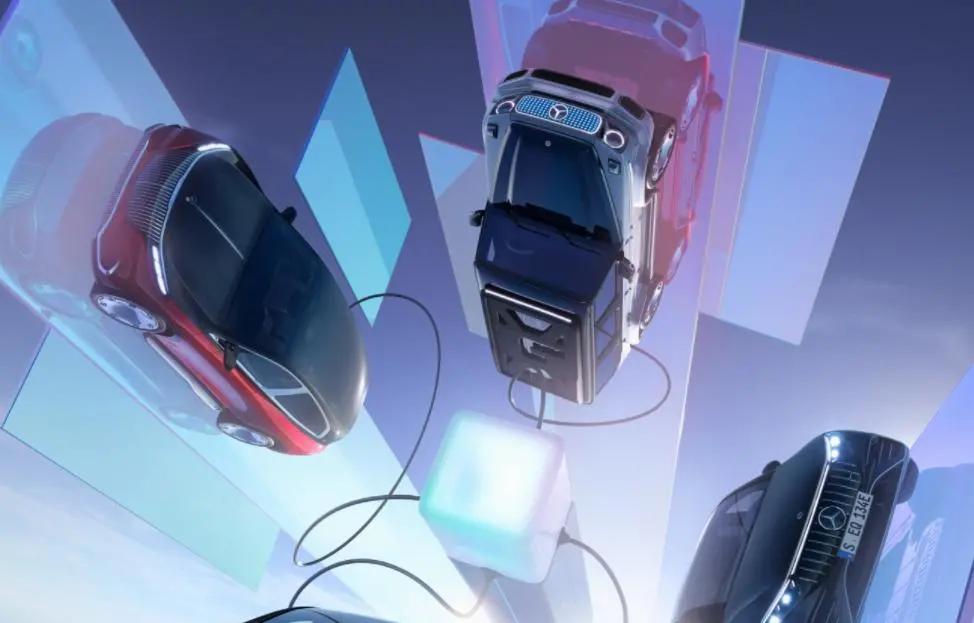
How will traditional suppliers behind these automakers respond to this transformation?
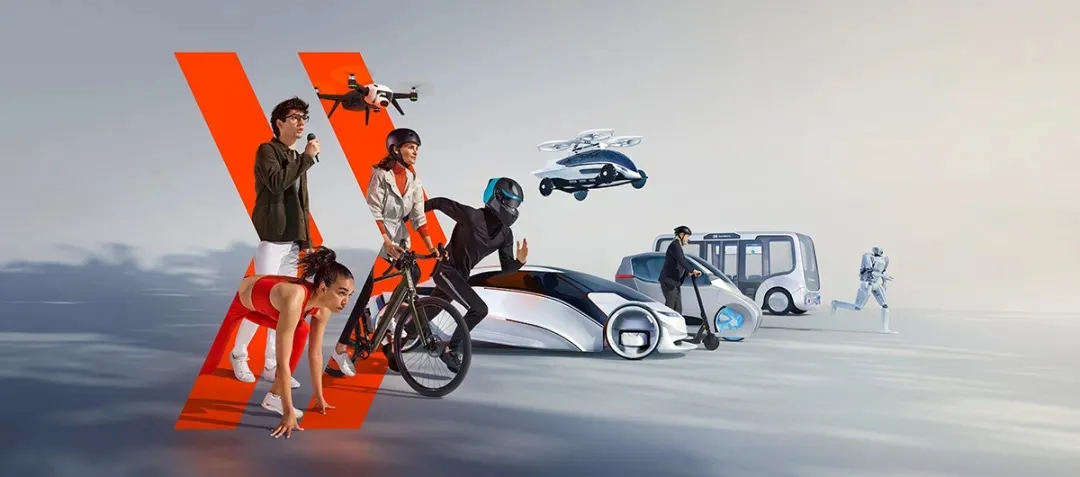
The Electricization Offensive: Strike First, Strike Hard
“The auto industry is preparing for decades of stagnation as the winter approaches.“
This was the judgment made by Volkmar Denner, chairman of the board of management of Bosch Group in 2019. Of course, this judgment was based on the mainstream market of fuel vehicles at that time, and the decline in sales of fuel vehicles since then has also confirmed this judgment.
However, none of us expected that the outbreak of new energy vehicles would be so fast, and that the heat of electrification and intelligence would make us unable to experience the cold of the traditional auto industry winter period in time.
However, for tier 1 companies that rely on traditional auto parts to make a name for themselves, it is more urgent to seize new markets in the context of “the growth of one means the decline of the other”. After all, according to predictions by institutions, by 2033, global sales of new energy vehicles will be on par with those of fuel vehicles, and by 2035, 60% of newly registered vehicles will be electric vehicles.
In the usual concept, electrification seems to be opposite to traditional vehicles and seems to be a weakness of traditional suppliers, but the reality is not so. At IAA Mobility, Bosch announced that its electric mobility business’s sales this year are expected to reach one billion euros, becoming one of Bosch’s core businesses. This may be due to its earlier layout and more comprehensive product and technical routes.
From electric bicycles, electric vehicles, to commercial vehicles, and electric engineering machinery, Bosch has invested nearly 5 billion euros to connect various electrification product lines, from silicon carbide chips to pre-integrated electric bridge modules, different parts and even different technical routes have been “laid in advance”.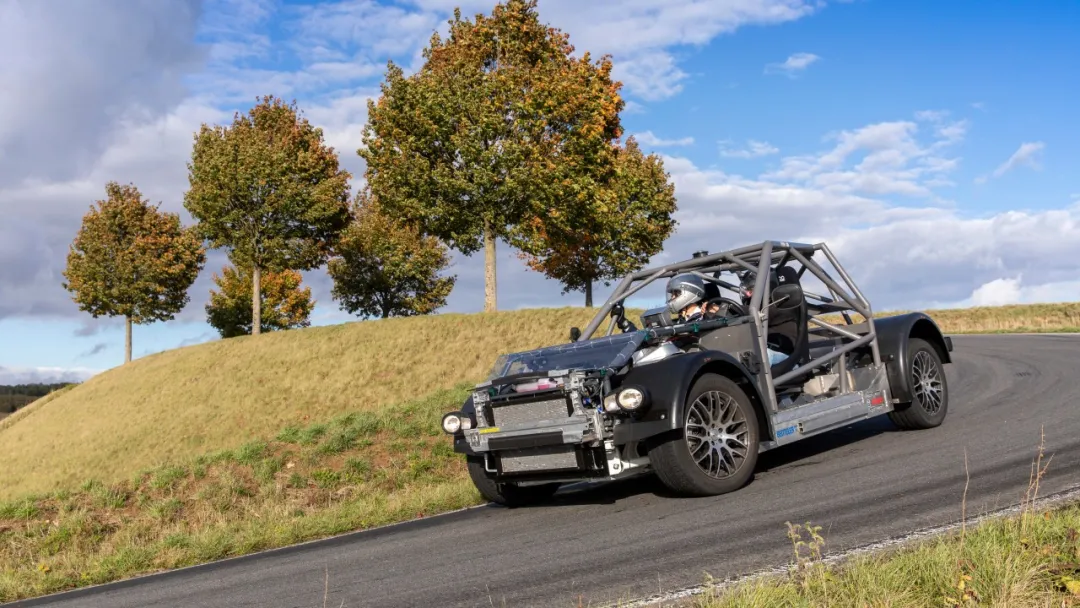
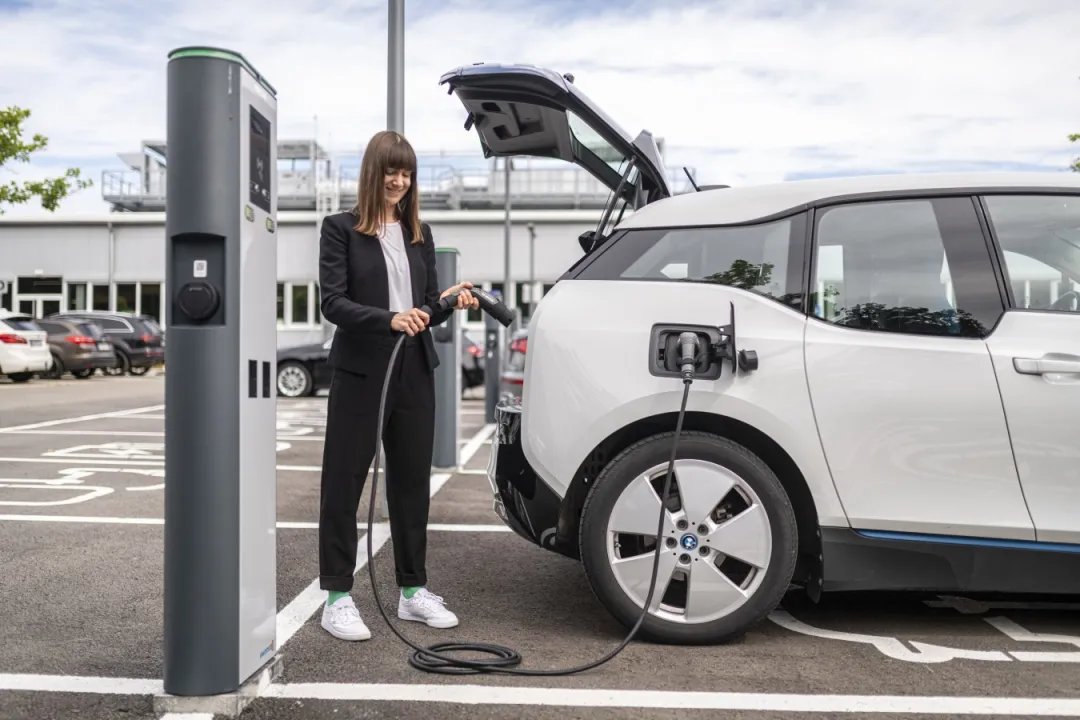
Recently, Tesla announced the use of silicon carbide (SiC) chips in the Model 3, which can improve charging efficiency and range, and this third-generation semiconductor has just been used in automobiles. However, several years ago, companies such as Rohm, Infineon, and Bosch began to lay out in the field of silicon carbide, and it was this early layout that made SiC used in electric vehicles earlier than expected.
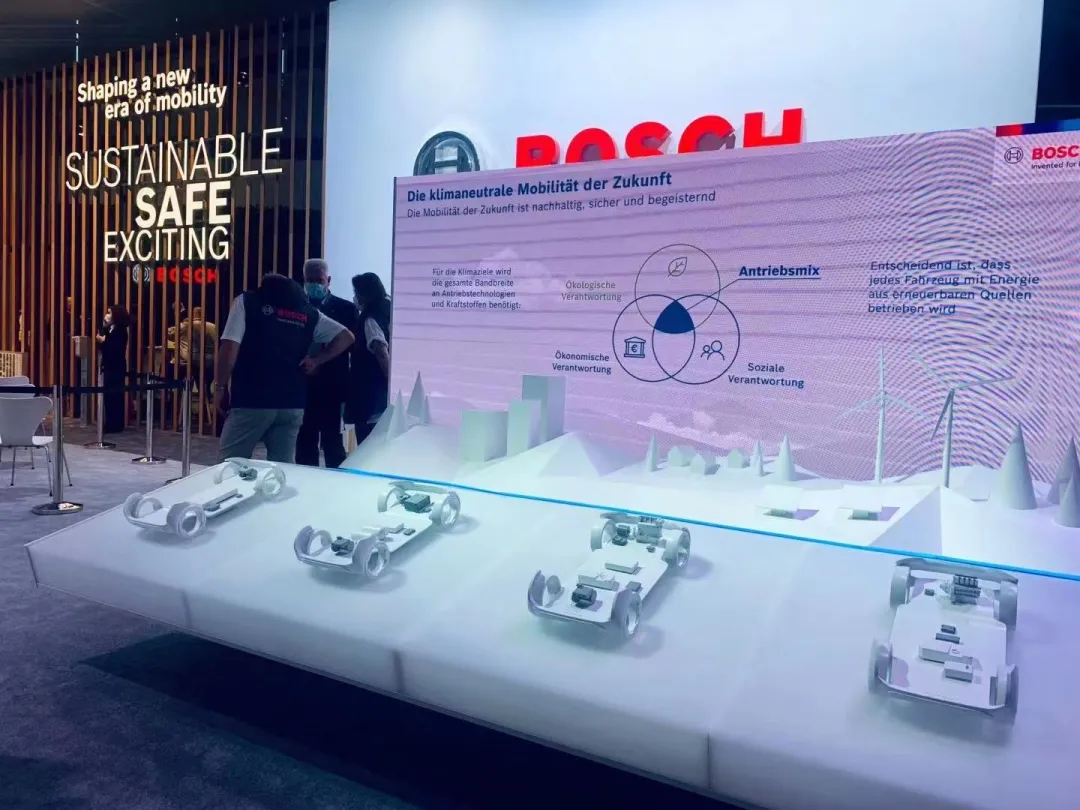
It’s not just for electric vehicles, it’s the same in different new energy technology paths.
As “the ultimate clean energy” with zero emissions when in use, hydrogen fuel cells make various car companies hesitate to use it in passenger cars due to the difficulty in hydrogen storage and transportation. However, technological progress cannot go without the promotion of product landing, therefore, long-haul, heavy-load, and convenient point-to-point replenishment commercial vehicles have become the ideal scenario for fuel cell landing.
In mid-August, the first batch of fuel cell commercial vehicles jointly developed by Bosch and Qingling Motors landed in Chongqing, which were equipped with advanced electric stacks, hydrogen supply modules, electronic compressors, and a series of sensors. The hydrogen-powered commercial vehicles were officially put into use in logistics and bus routes.
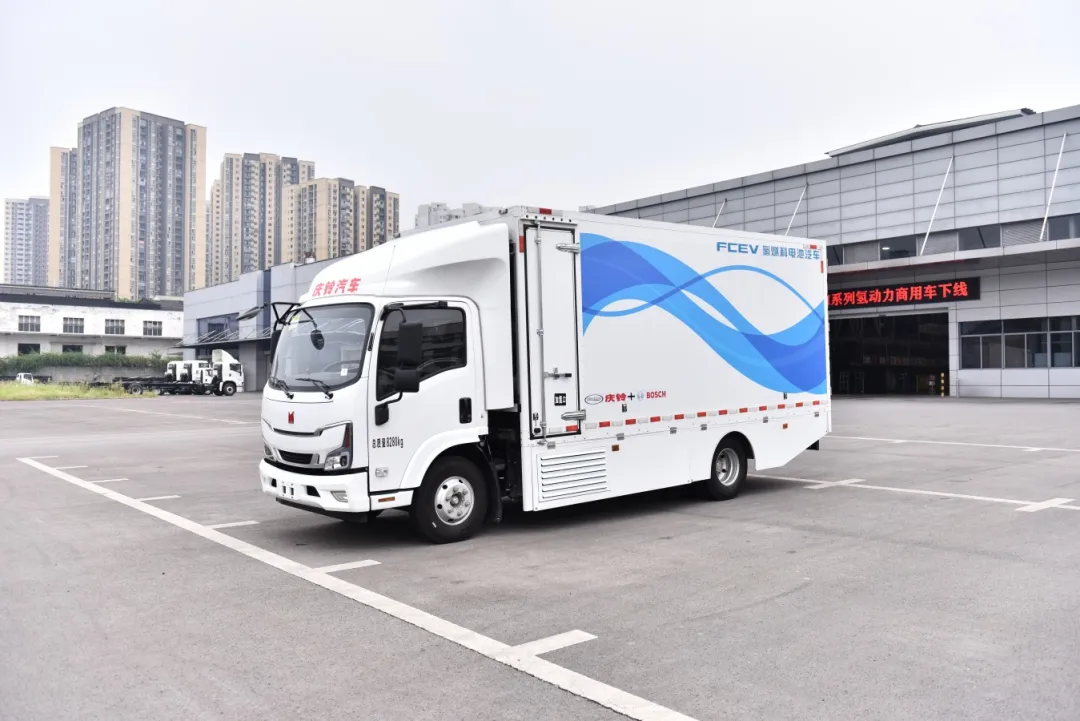
Of course, this comprehensive product and technology path requires not only “first-mover” R&D investment but also sufficient “supply capacity” to pay for diversified technology reserves.
“Zero Accidents” + “Low Threshold” Lets Autonomous Driving Return to the Pace of Automobiles
Before this year’s IAA, Herbert Diess, CEO of Volkswagen Group, sighed:
“Compared to electric vehicles, it is easier for car manufacturers to turn to electric vehicles. The real game-changer in the automotive industry is autonomous driving cars.”
It is this expectation of changing industry rules that has prompted many car companies, suppliers, and technology companies to make bold strides in the field of autonomous driving. The recent series of autonomous driving accidents seems to sound the alarm, perhaps, for traditional suppliers, which can help bring the aggressive autonomous driving back to the pace of automobiles.
What is the pace of automobiles?
The hundred-year history of the automotive industry tells us that safety is the bottom line of the automobile industry, and those technologies that bring convenience and ease of popularization to users will ultimately prevail.From Bosch’s attitude towards autonomous driving, this can also be seen. Although Bosch provides components from domain control units, sensors to artificial intelligence, it still focuses on driving assistance functions: from the anti-skid electronic control system, automatic emergency braking system, to the enhanced assistance function that supports the driver’s hands off the steering wheel, the development of these cutting-edge technologies is to improve safety and achieve the goal of “zero accidents”.
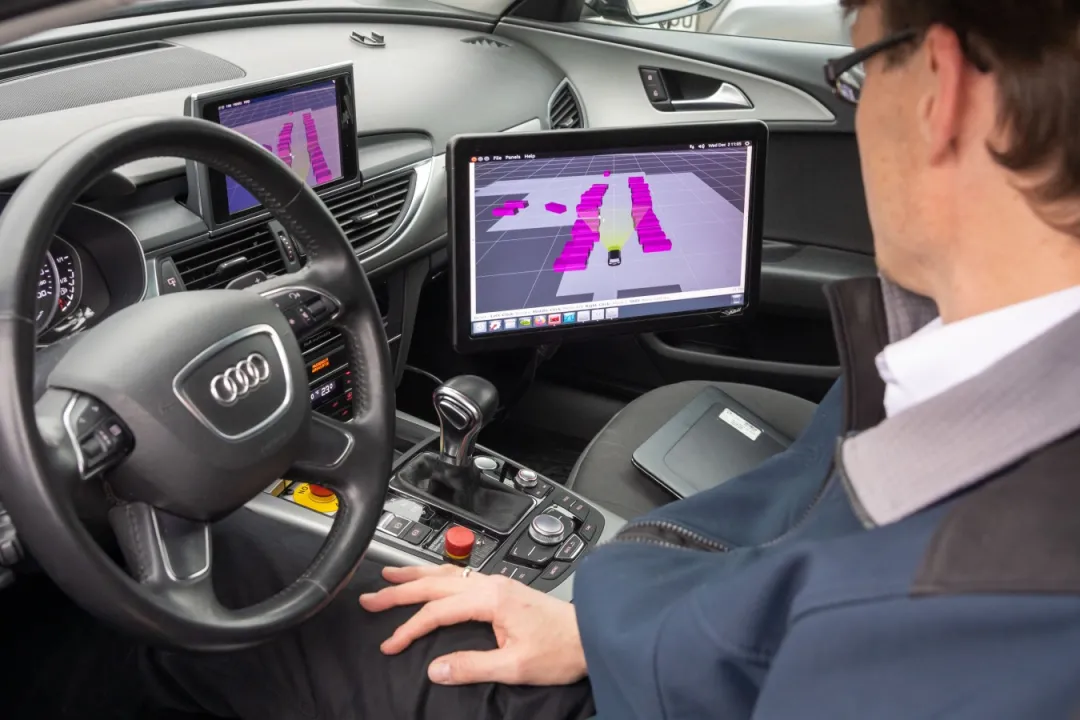
At the same time of improving safety, reducing the threshold of autonomous driving functions has become another goal. When a car’s autonomous driving capability depends almost entirely on its own sensors and chips, the cost of autonomous driving is directly borne by the single car price. In this mode, when you choose a mid-to-low-end model or an old model, unfortunately, you cannot enjoy some specific new autonomous driving services in certain scenes. The hardware of the vehicle has invisibly set barriers to the popularization of autonomous driving technology.
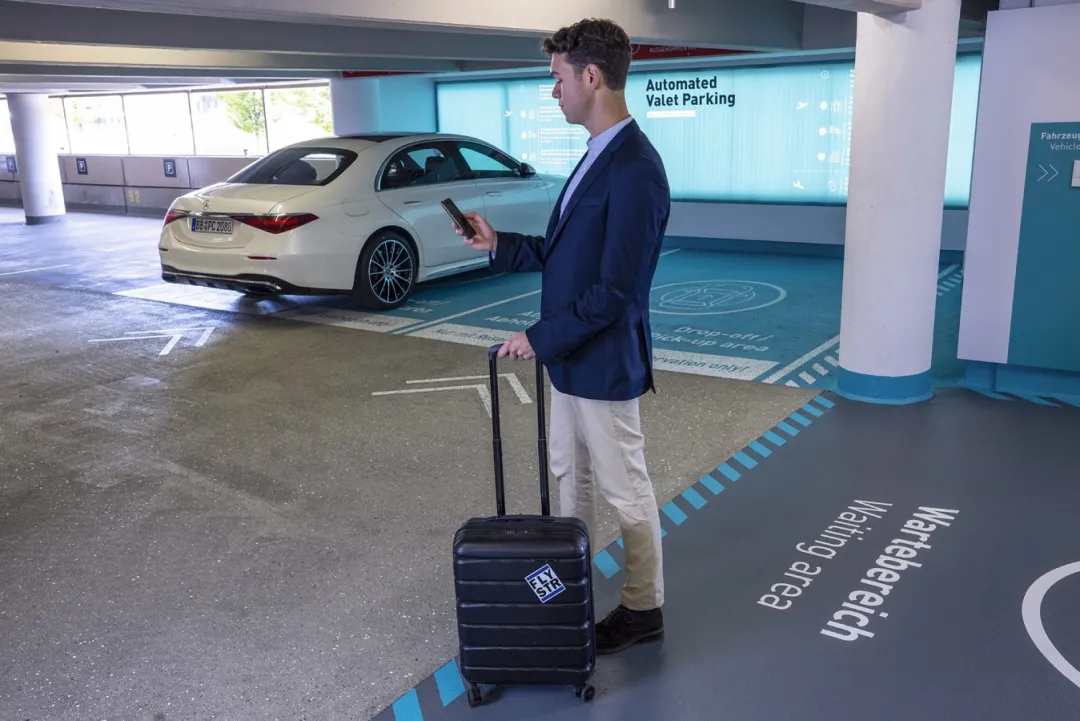
The solution to this problem is to liberate some of the autonomous driving capabilities from the vehicle and put them on the cloud and field side. Bosch’s technology based on the field side used in automatic valet parking (AVP) allows the parking lot system to perceive, make decisions, and guide the vehicle to park automatically by deploying intelligent cameras and software algorithms in the parking lot. As long as it is a smart connected vehicle, regardless of its own level of autonomous driving, it can find a parking space and park automatically under the “guidance” of the parking lot.
In this way, the cost and threshold of using AVP technology in vehicles are lower, and autonomous driving technology is more easily popularized in the “last mile” that makes people headache.
In the era of interconnection, who integrates who wins?
In the traditional cockpit, the integration work of several software such as music, radio, and GPS is naturally entrusted to suppliers due to relatively simple car communication and entertainment functions.
From traditional transportation tools to the ever-online interconnection mode, the automobile cockpit has ushered in a explosive development of software. According to Bosch’s prediction, by 2025, the performance and complexity of in-car computers will be twice the current level. Whether it is the in-car entertainment computer, domain controller, or the more centralized in-car brain under the future evolution of electronic architecture, they all face a common technical challenge, which is to integrate different sources of functions, from OEMs, software companies, suppliers, and even smart homes outside the car.
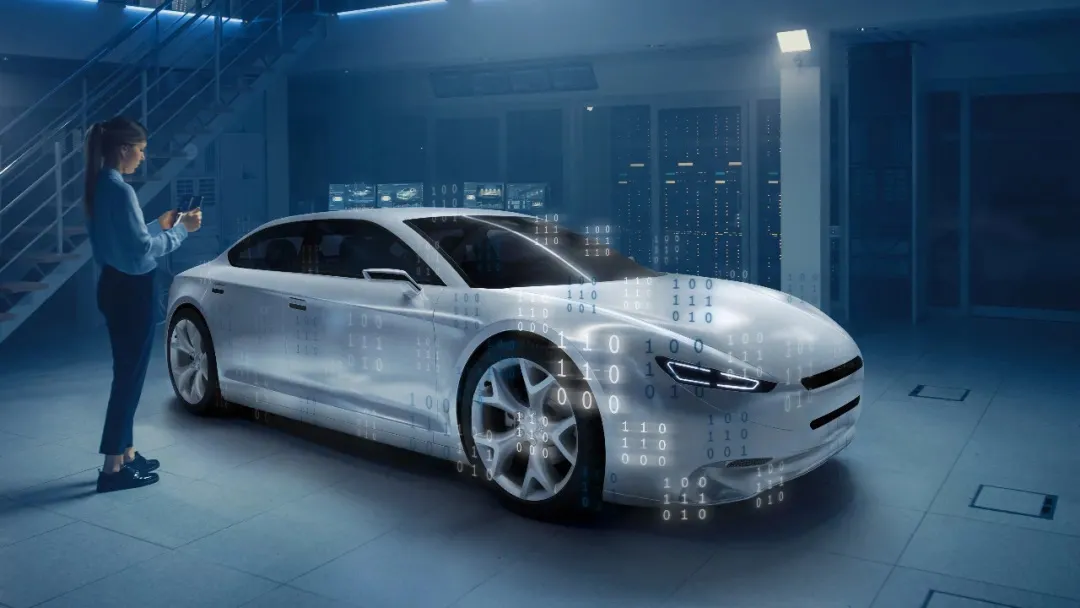 The function of the in-car entertainment system has evolved from simple to explosive, and the technology has changed. The form is no longer just a combination of music, radio, and GPS. Even the division of labor has changed: it is no longer provided by tier 1 as a unified integrated software module, but OEM and tier 1 are more flexible in their division of labor. However, the most important and complex core capability is still to ensure reliable operations after the integration of different software modules.
The function of the in-car entertainment system has evolved from simple to explosive, and the technology has changed. The form is no longer just a combination of music, radio, and GPS. Even the division of labor has changed: it is no longer provided by tier 1 as a unified integrated software module, but OEM and tier 1 are more flexible in their division of labor. However, the most important and complex core capability is still to ensure reliable operations after the integration of different software modules.
At the beginning of this year, Bosch announced its collaboration with Microsoft to provide car-side and cloud-side integrated software development tools and software platforms based on Microsoft Azure. This is to create a “Microsoft Store” for pre-integrated vehicle software. On this platform, car manufacturers can develop their own software, select software provided by suppliers, and choose software developed by different software developers according to their needs.
For car manufacturers who don’t want to lose the soul of “software-defined cars” but urgently need to complement their software integration capabilities, there is now another option available.
In Conclusion
“As the world changes, the bond of union–like everything else–must change too.”
Every technological innovation will trigger a reshuffling of the industry, and the electrification and digitization transformation that the automotive industry is facing now is no exception.
However, the process of innovative technology from the laboratory to the hands of users is not a straight sprint, but a spiral process of ascent. Testing, soaring, falling back, and then surging again… It tests not only the linear acceleration capability of enterprises, but also who has a more stable and precise pace.
Perhaps the experience of smoothly rounding corners is the advantage of pioneers in the automotive industry?
This article is a translation by ChatGPT of a Chinese report from 42HOW. If you have any questions about it, please email bd@42how.com.
